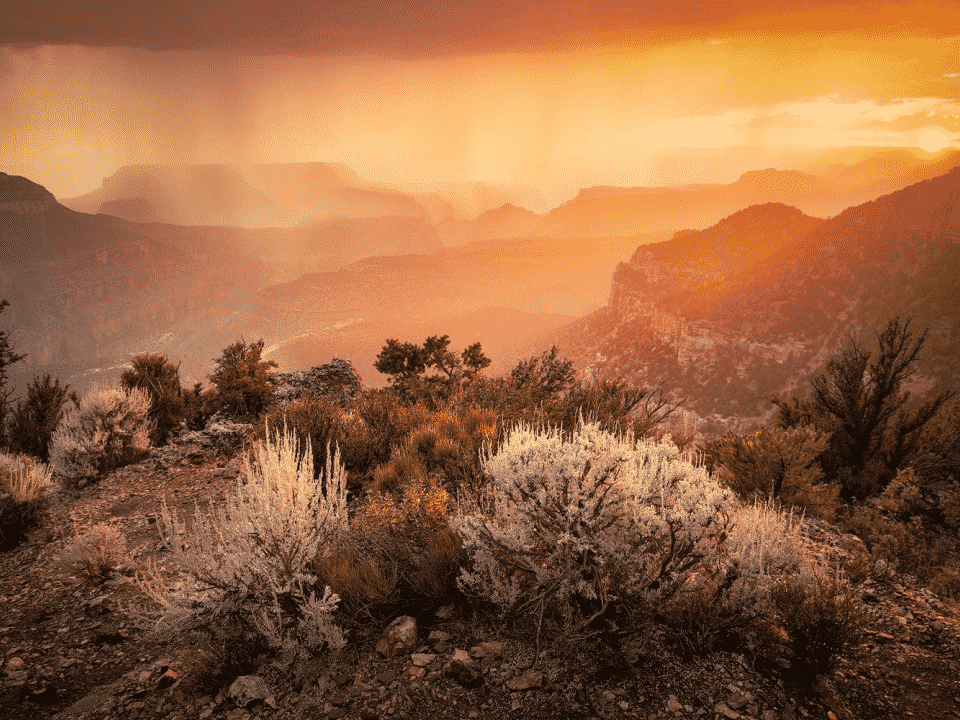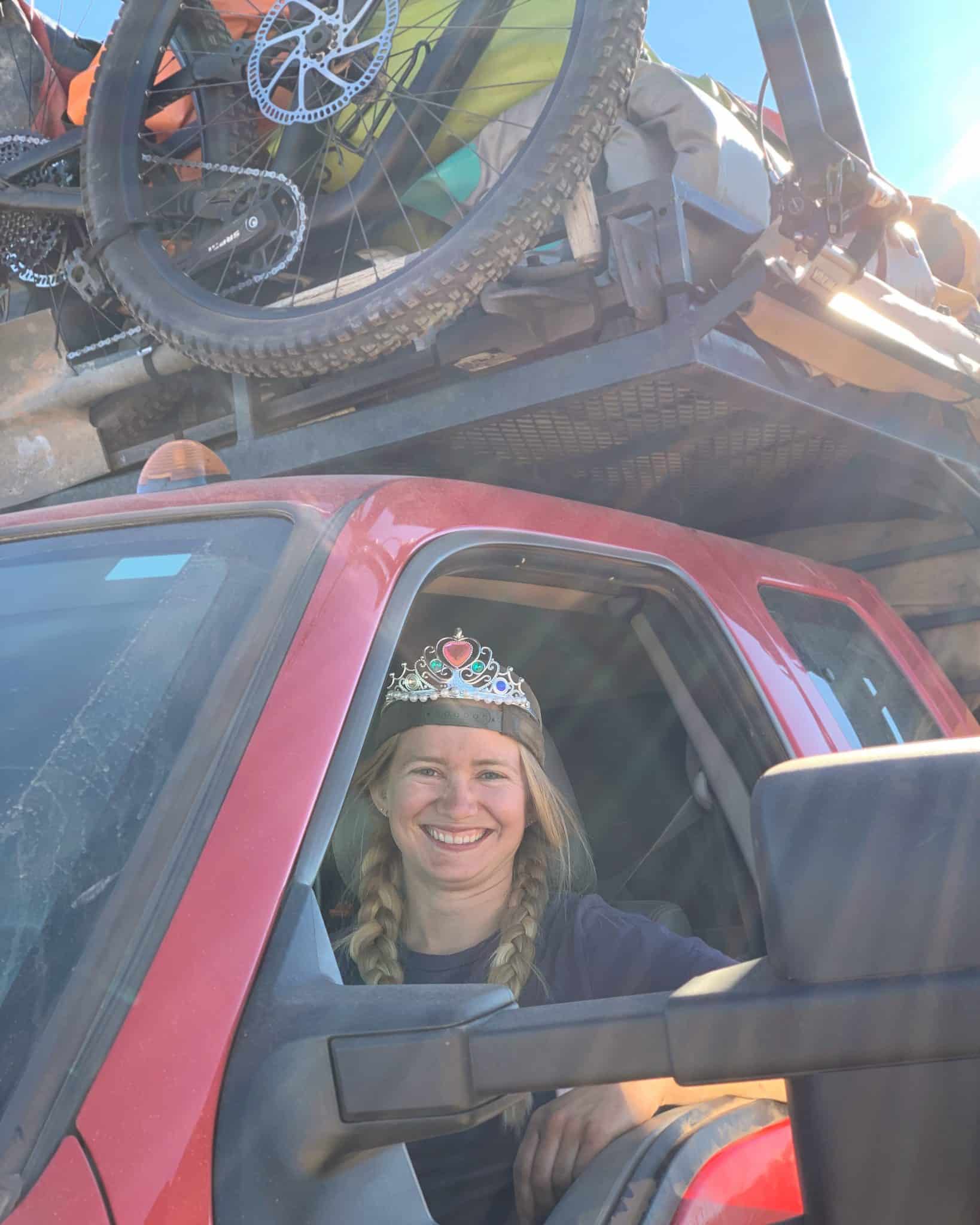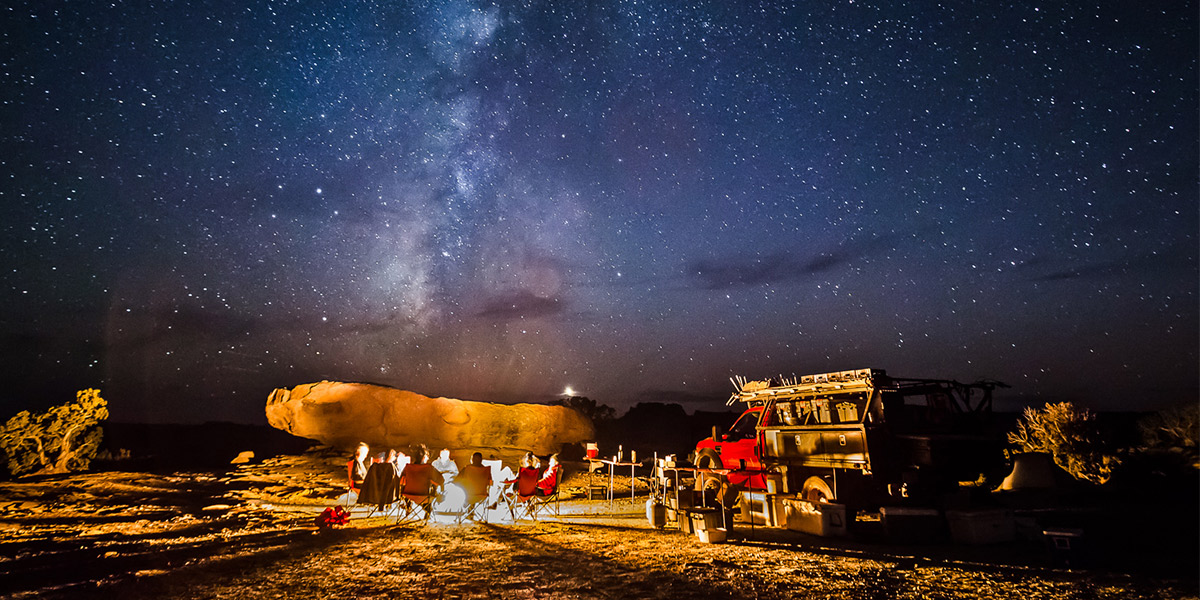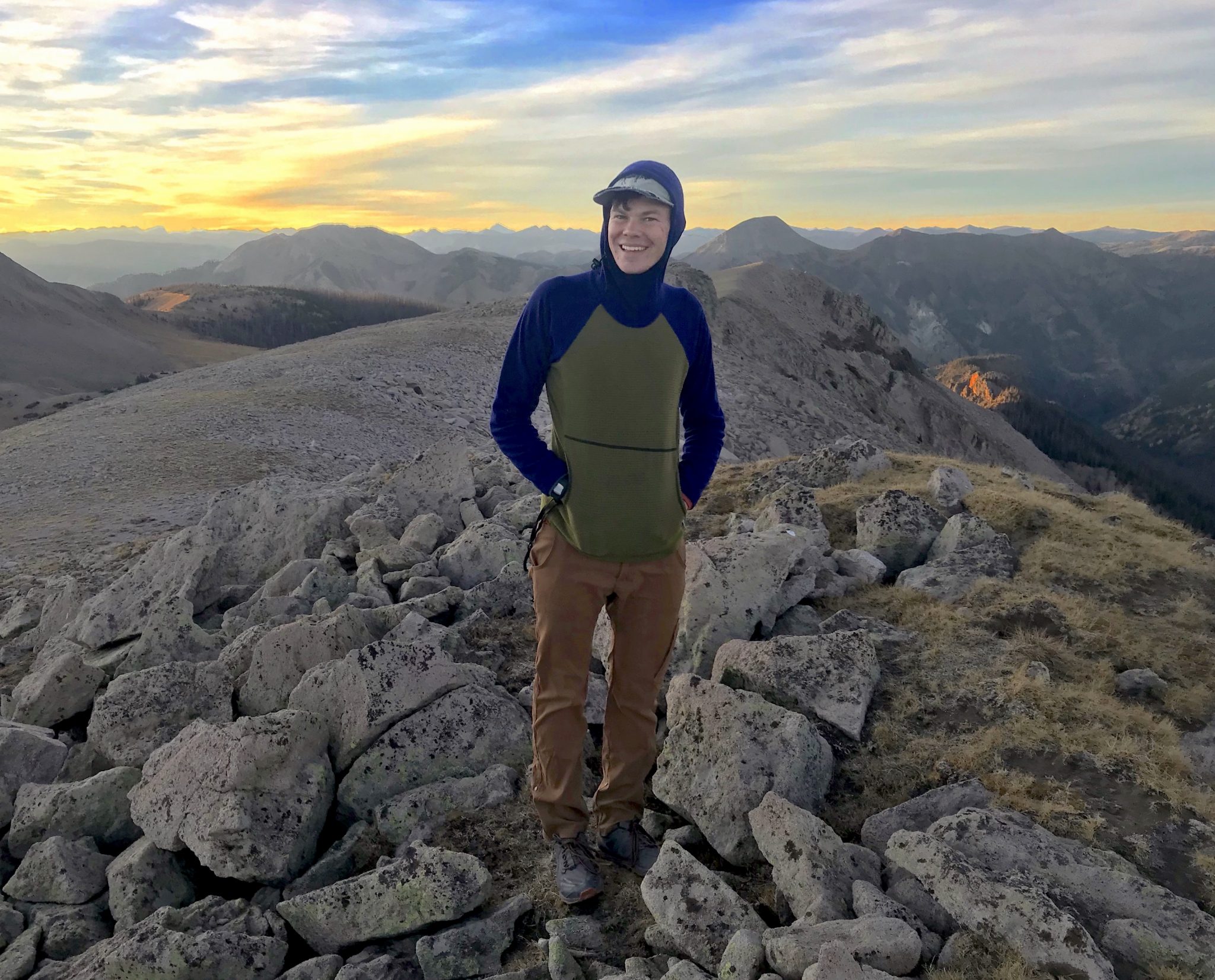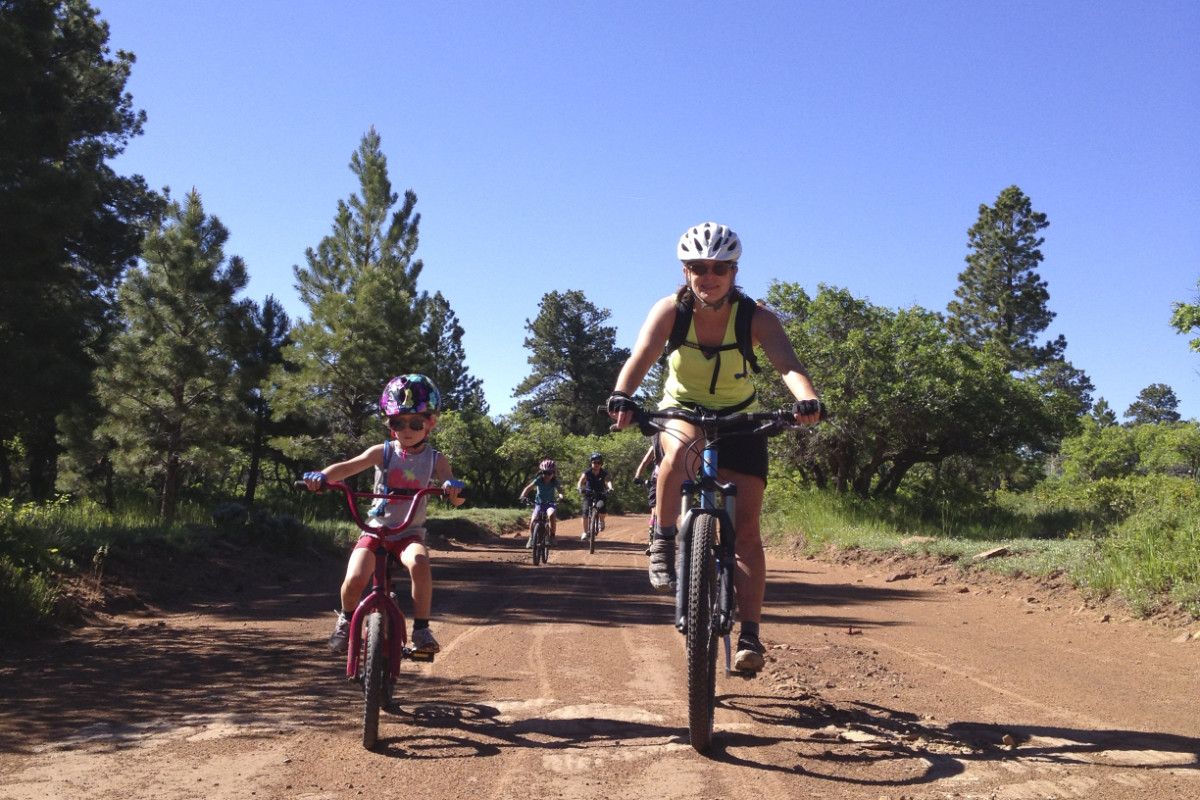
Exposing young kids and teens to our national parks, national forests, and to the wilderness is extremely beneficial. It helps young people connect with nature in a meaningful way, it gives kids and teens a chance to step away from digital devices, it is a great way to stay active on your vacation, and most importantly, it’s just fun! Getting outside and riding a bike or hiking and looking over a canyon rim or around a snow-capped peak is not something everyone gets to do every day. Making smores’ next to the fire, and eating a delicious meal during sunset are memories that last a lifetime.
But how do you decide where to go, or what to do? Should we bike, should we hike, should we raft, and should we camp? There are plenty of choices… camping versus hotels, the Northwest versus the Southwest, national parks versus national forests? Fully guided vacations versus DIY style vacations. The possibilities are endless. This guide will help shed light on some considerations to make if you aspire to visit a national park or national forest with your family.
1. Choosing the right place
If you are considering a family vacation that ventures off the beaten path then consider going to a national park. We are very lucky in the United States as we have set aside large expanses of land to be preserved for future generations. Over 3.5% (80 million acres) of all land in the United States has been designated as national parks. National forest also comes in at a whopping 180 million acres of land. That is a tremendous amount of open space.
FIND YOUR NATIONAL PARK HERE
Even with all of that land and the beauty and enjoyment that awaits in these destinations, there are real challenges to choosing a good location to take your family. For example, in places like Grand Teton National Park, or Yellowstone National Park the visitor centers and hot spots can be over-crowded. If you are interested in a national park you should enter the park early in the morning and have everything you need to be packed in your car for the entire day. This technique will help you avoid the areas of congestion during mid-day. Then, use tools like Hiking Project, or Mountain Bike Project to learn about trails in the region rather than relying on the standard maps distributed at visitor centers that everyone uses during their visit. This will help differentiate your hikes from the hikes the masses are doing. Take it one step further and check out the distance, technicality, elevation, and quality ratings in order to gain a deeper understanding of the trail.
National forests are certainly less crowded in most cases. Yet, national forests share being highly protected and coveted pieces of open space. Use national forests as a tool when you plan your vacation to national park hot spots. For example, when you plan to visit Yellowstone National Park take a couple of days and visit the Gros Ventre Wilderness in the Bridger-Teton National Forest. There are hiking, backpacking and camping options in this national forest, yet it will be far less crowded than its national park counterparts in the region. This same technique can be translated in almost any location with a national park close by.
2. Choosing the right adventures
Finding the right adventure can be challenging due to the logistics of making it all happen. For example, if you aspire to bike with your family through Zion National Park then you have to either bring or rent bikes for the entire family, find rides that will work for everyone and hopefully avoid congestion and crowds.
One technique that travelers can use is to hire a day guiding service on the first adventure of their vacation. During that experience, you can ask the guide about her/his favorite hikes, bike rides, and camping spots. This will help you get first-hand information from well informed and knowledgeable people about the specific geographic location. Rather than spending your time searching for online comments, you can get first-hand information from someone who knows you and, in some cases, will be able to assess your specific abilities.
A second important factor when planning your adventures in and around national parks is BOOK YOUR CAMPING EARLY. Not all campgrounds are reservable online, but some are. In busy areas you should book 6 months in advance. To book campground reservations you can use recreation.gov. This site will allow you to view national park and national forest campgrounds and it will either allow you to make reservations, or it will let you know that the particular campsite is not reservable online.
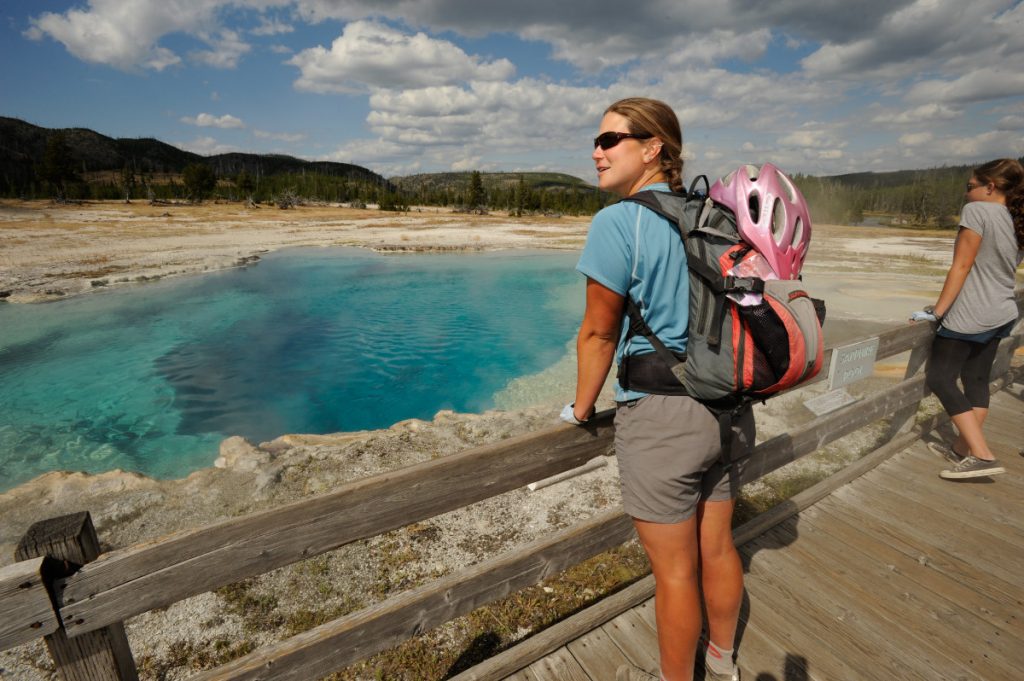
3. Choosing the right services
Finally, deciding whether or not to hire a guide service, create your vacation DIY style, or a combination of both can be challenging. One of the most common questions that we hear from our family vacation customers is wondering if they should just try to pull off their vacation without a guide service. Some of the pros to planning your own vacation are being able to change your itinerary on the fly, in most cases, it can be less expensive if you already own all of the necessary equipment, and there is a great feeling of accomplishment when your family succeeds said mission. The pros of hiring a guide service are centered around eliminating stress by allowing experienced professionals to handle the itinerary and letting go of all of the tedious planning necessary for meals and driving. This creates the necessary space so that you and your family can spend quality time together riding bikes, hiking, and camping.
There are pros to both methods and every family has their own experience and goals that will help them decide on what is right for them. If you’re unsure, we recommend a mixture of both options. For example, if you are planning a trip to Grand Teton National Park you can hire a multi-day guide service to handle the technical biking and camping portion of your vacation. Before or after your bike trip you can visit restaurants, hotels, and local attractions where guidance isn’t as helpful. Again, using the guide service at the beginning of the trip is usually the best practice so that you can squeeze all of the information you can get before embarking on your DIY adventures.
Planning a vacation for a national park road trip is a good idea… at least we think so! It can be challenging to pull off all of the logistics to maximize your family’s experience. We hope this list sheds a little more light on the process of taking your family to beautiful places where memories are created.



